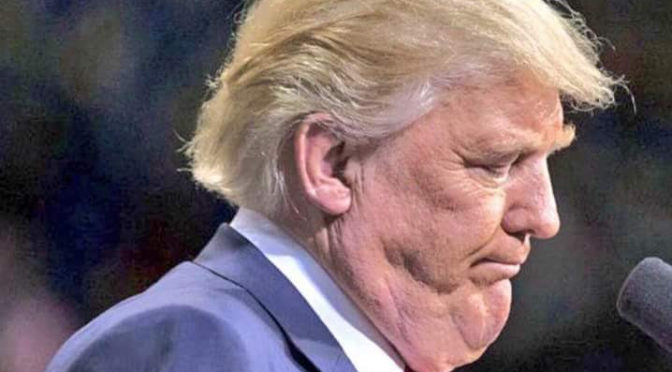Experts refute Trump’s claim that wind power is killing many birds in the US. Billions of birds likely die each year in the United States, but contrary to popular claims, wind turbines are not the main culprit.
Former President Trump continually used his prominent platform to claim that wind turbines… make economic sense for part of power generation in the United States: “killing our birds.”
“The wind is killing our birds. “If you want to see a bird graveyard, go under a windmill one day,” Trump said. he said recently on television.

But amid the sea of ??distorted facts, unverified claims, widespread lies, and fake videos circulating on the Internet, spreading misinformation is no joke. Yes, as explained below, wind farms definitely kill some birds. All energy production has costs. But wind turbines are not the cause of declining bird populations in the US.

“Compared to wind farms, other aspects of human life are much deadlier, kill more species, and are harder to repair,” Anne B. Clark, a biologist and ornithologist at Binghamton University, told Mashable.
What is really killing birds in America?
Several man-made factors kill birds. The most damaging factor, by far, is among us.
“The worst are stray cats or domestic cats in the wild, which are estimated to kill more than 4 billion birds per year including many backyard songbirds that are highly valued and controlled by society,” Clark explains. (At the very least, cats probably kill over a billion birds in the US each year.)
That’s why biologists urge people to keep their cats indoors. “A single person keeping a cat indoors can save hundreds, even thousands of birds. That’s a natural thing,” bird biologist Nico Arcilla told Mashable.
Destructible speed of light
The next leading cause of bird death in the US is buildings (and their windows), which is estimated to kill an estimated 365 to 988 million birds every year. “The deaths ranged from the smallest hummingbirds to large owls,” Clark said. (Next is how to limit the number of birds that crash into your window.) And it’s not just about tall buildings. Any structure or object in a bird’s flight path — power lines, communications towers and automobiles — contributes to the deaths of millions of birds each year, Clark added. Cars kill around 214 million birds every year.
Then, there are many causes that are difficult to quantify because they require collecting and analyzing the bird’s body for toxins. This includes rodenticides, agricultural pesticides, water pollution, etc.
However, wind turbines are a relatively minor factor in bird deaths. “Research shows that wind projects are at the bottom of the list of human-caused bird deaths, resulting in far fewer annual deaths than those caused by domestic cats, building collisions, or vehicle impacts,” the Department explains. of Energy. Land-based turbines, with their large rotating blades, are estimated to kill 234,012 birds each year. according to the United States Fish and Wildlife Service.
Wind farms limit bird deaths
Fortunately, we can build or operate wind farms to reduce bird mortality. “There are many ways to limit the risk to birds,” Jeff Buler, a wildlife ecologist at the University of Delaware, told Mashable.
This includes siting wind farms away from migratory routes, painting the blades black (a visual aid that reduces bird mortality at Norwegian wind farms by 70 percent), adding sound, and using fewer but larger turbines. The turbines may also go out on some nights when many birds migrate through a particular area. Buler and other researchers found that with radar data observation, bird migration through corridors like the Great Lakes region can be well predicted, allowing turbine operators to temporarily halt operations. “Collisions can be reduced,” Buler said.
“It is much easier to make a false claim than to back it up with evidence.”
While wind farms are not without environmental costs, they almost certainly kill fewer birds than the fossil fuel sector, which requires intensive extraction and burning of fuel.
“Power plants fueled by coal, oil and natural gas cause bird deaths at several points throughout their fuel cycles: upstream during coal mining, on-site collisions and electrocution with operating factory equipment, and poisoning and deaths downstream as a result of acid rain. , mercury pollution, and climate change,” according to a study Research Articles in Journal of Integrative Environmental Science The study concluded that “fossil fuel facilities are approximately 35 times more harmful to birds per GWh than wind energy.” (GWh, or Gigawatt hour, is a unit of measurement for energy production or consumption).
In the coming months and in the future, you are likely to see more misleading claims about renewable energy and a host of other topics. Be wary of unclear information and false talking points.
“It is much easier to make false claims than to back them up with evidence,” Bul said.


